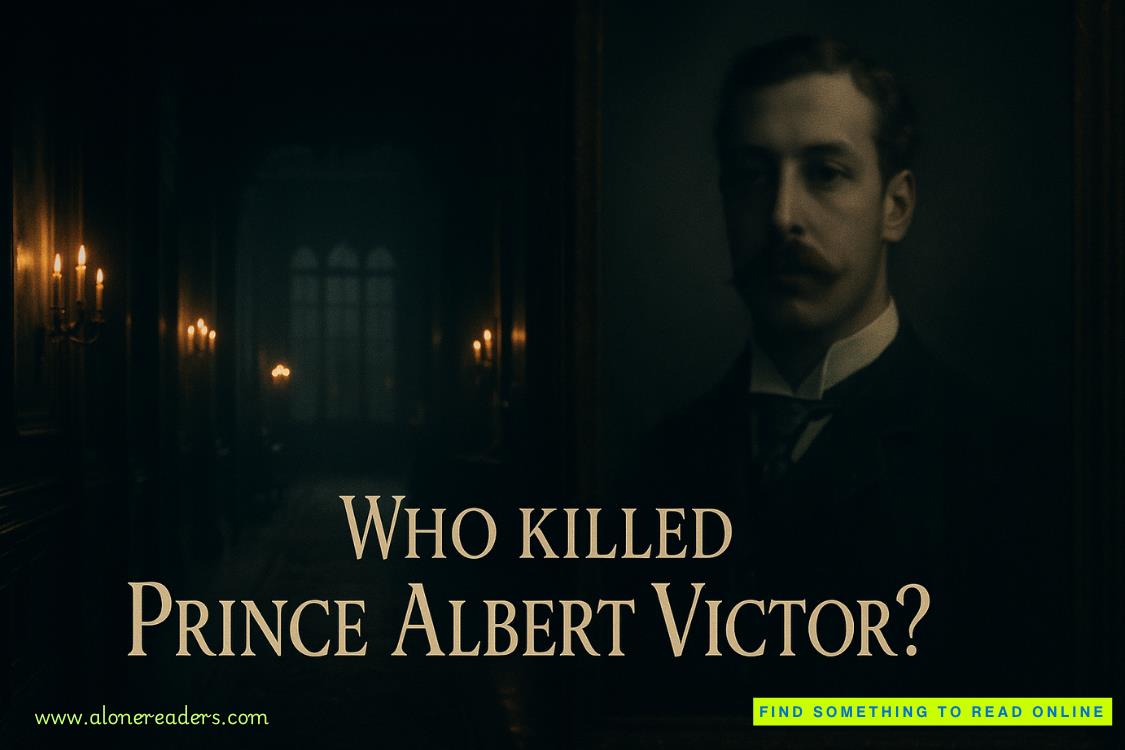Page 54 of The Last Inch Of Ice
A sixth-grader named Tyler performs a magic trick that consists of attempting to pull a rabbit out of a hat, dropping the hat twice, then producing a very real and very angry hamster that immediately tries to escape.
The hamster makes it halfway across the stage before a teacher tackles it.
Kai, slumped in the folding chair behind Nazar, lets out a long-suffering sigh. “I’ve played in hostile arenas,” he mutters, but his voice is loud enough for everybody to hear. “I’ve beenbooed by sixty thousand people in Montreal. I had someone throw a beer at me in Boston. Nothing—and I meannothing—has prepared me for this level of psychological damage.”
He pauses as a seventh-grader begins an interpretive dance that seems to be about either climate change or breakfast cereal, it’s genuinely impossible to tell.
“This is officially the last charity event I ever agree to,” Kai whispers. “I’m putting it in my contract. No more children. No more small towns. No more performances of any kind.”
Despite everything, Nazar feels his mouth twitch. “You suggested coming here.”
“I was temporarily insane. It won’t happen again.”
After what feels like hours but is probably only forty-five minutes, the performances finally end. Mrs. Patterson returns to the stage, her smile somehow even brighter than before.
“Thank you all so much for being such wonderful sports,” she says. “Now, as a special treat, we’re going to split you into groups for some classroom activities. We thought you might enjoy spending time with the students, talking about your careers, maybe answering some questions…”
Burke shoots the team a look that clearly saysBe nice about this or I’ll make you regret it at practice.
“Rykov, Callahan, Sam, Chase—you’re in Mrs. Henderson’s sixth-grade art class. Second floor, room 204.”
Of course. Of course Nazar is assigned to the same group as Kai.
The universe has a sick sense of humor.
* * *
Sixth graders swarm them the moment they enter, shoving clay sculptures and crayon drawings into their faces.
“This is a puck,” a boy announces proudly, holding up what is objectively a lumpy gray sphere.
“That’s a rock,” another kid with a prominent cowlick yells from across the room.
“It’s abstract,” the first boy insists.
“It’s just a rock,” the other kid repeats with the brutal certainty only children possess.
Mrs. Henderson—a young teacher who looks slightly overwhelmed by having professional athletes in her classroom—claps her hands. “Alright, everyone! Let’s give our guests some space! You can show them your projects, but let’s do it in an organized way, please!”
The word “organized” has zero effect on the chaos.
Sam gamely tries to engage, crouching down to examine a painting that’s mostly brown and might depict a horse or possibly a large dog.
Chase stands near the door looking like he’d rather be anywhere else, including a dentist’s office or a tax audit.
Kai leans against a desk with an air of profound boredom, then slides his sunglasses on.
The move is so egregiously out of place—they’re indoors, under fluorescent lighting that makes everyone look vaguely ill—that it’s almost comical.
Nazar’s immediate reaction is familiar and well-worn:Rich jerk. Thinks he’s too good for this. Can’t even be bothered to engage with kids in a small town.
Nazar himself has no idea what to do. He stands awkwardly by a bulletin board covered in construction paper leaves.
He can handle a two-on-one rush, can read a defense’s positioning in a split second, but a classroom of eleven-year-olds is a nightmare with no playbook.
“Mr. Rykov?” A small voice near his elbow.
He looks down. A girl with bright red pigtails is holding up something made of orange and purple clay. It’s lumpy and lopsided and he has no idea what it’s supposed to be.















